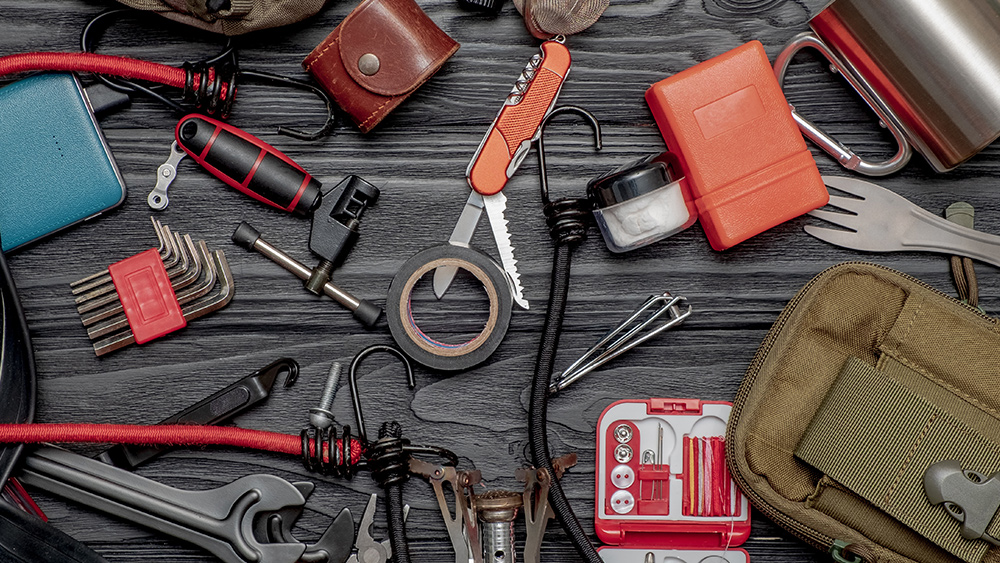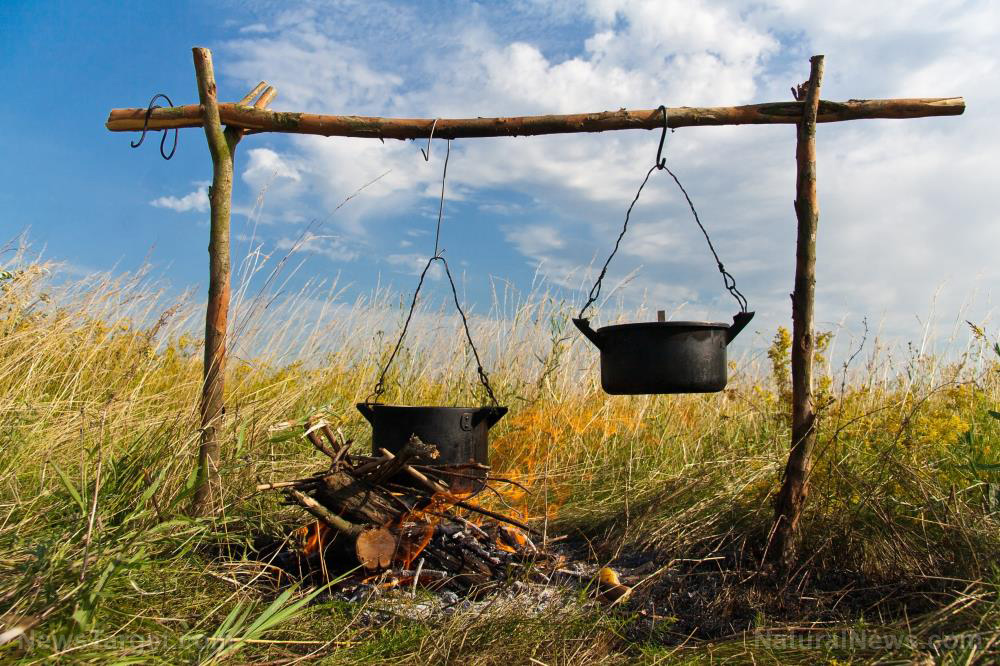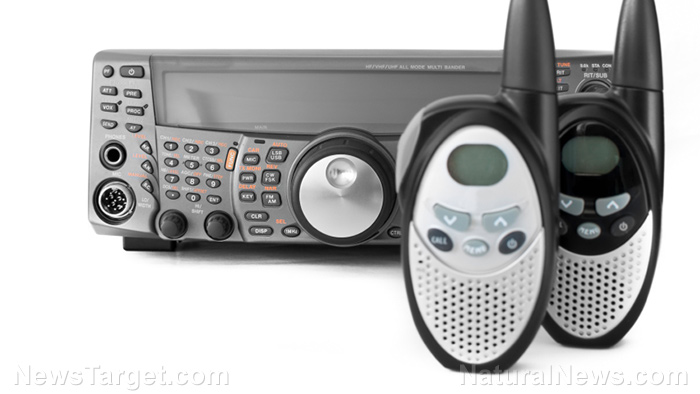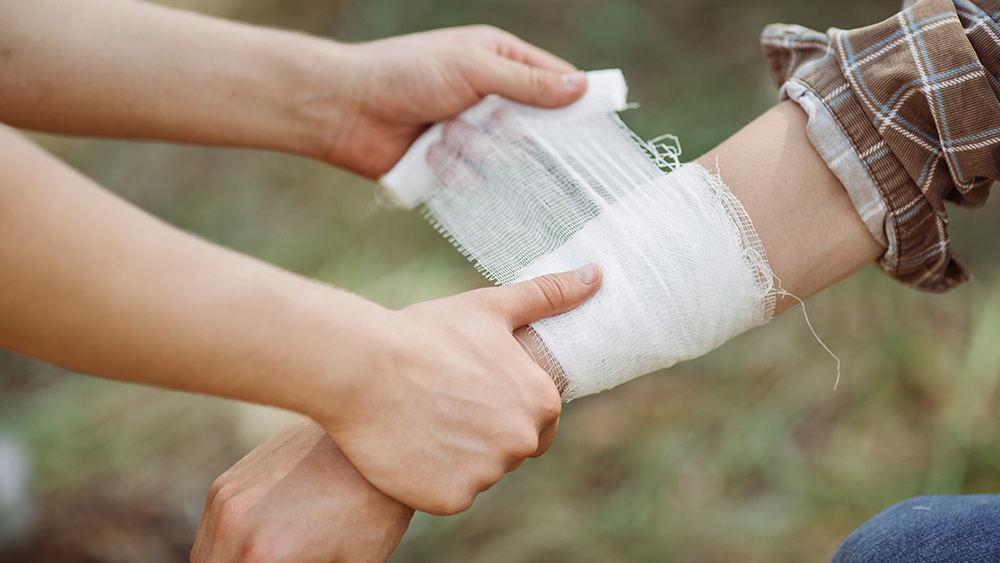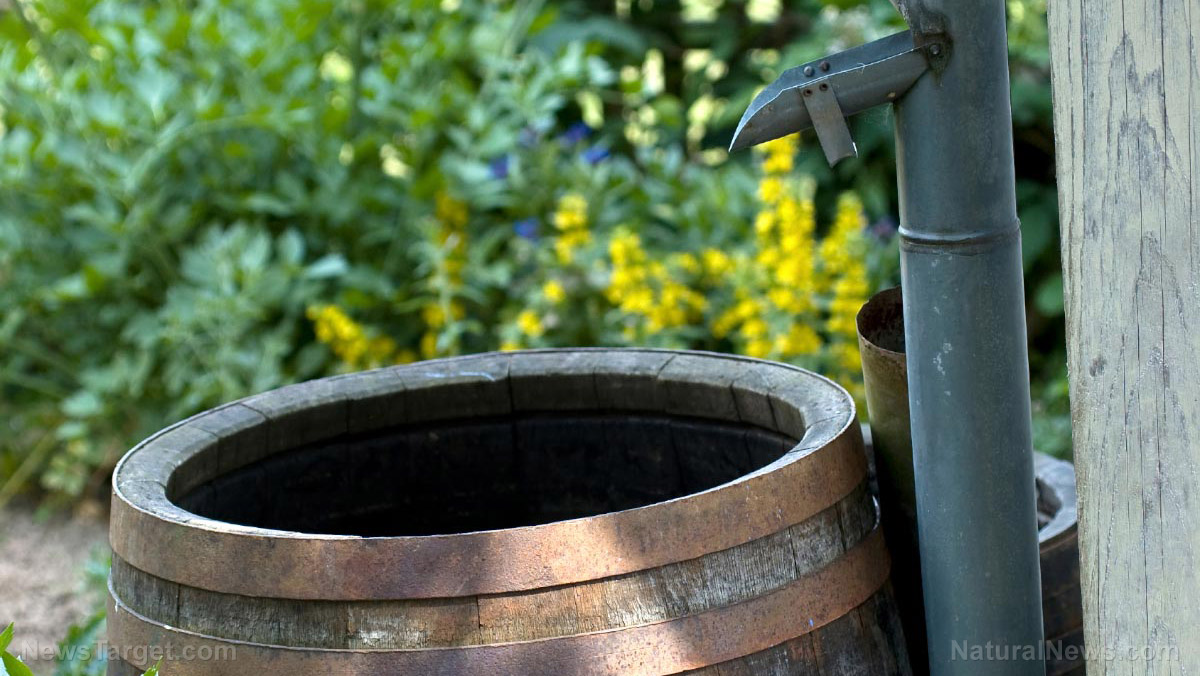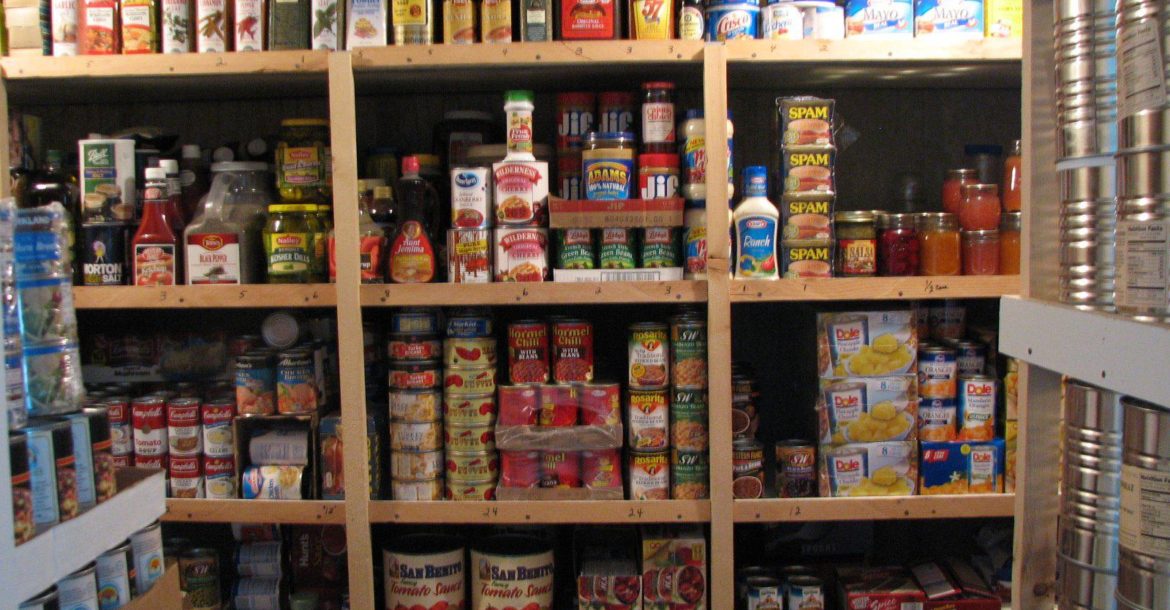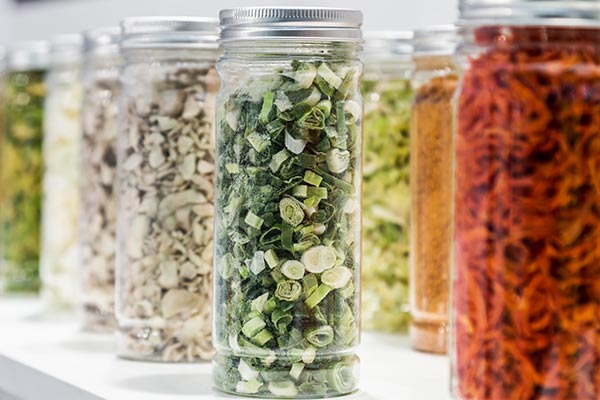Survival essentials: Sourcing, transporting and storing water after SHTF
12/28/2020 / By Virgilio Marin

Water is essential for survival. People know that truism well enough to keep their storage tanks full. Yet when SHTF, most of these tanks won’t be big enough to last a year’s worth of drinking water. As this prized commodity slowly runs out, the need for a new water source, such as a nearby well or rainwater, will become increasingly clear. Here are some tips on sourcing, transporting and storing water. (h/t to ModernSurvivalBlog.com)
Sourcing and transporting water
You don’t have to worry about sourcing water if you have a well at home. You only need to focus on generating the power to pump water out of it. One way to do that is through solar generators, which you can either buy or make yourself.
Power requirements will depend on how deep your well is and how much electricity the pump needs to operate. If you’re able to keep your pump running, you can have a steady source of water at your disposal.
But if you don’t have a well, your only alternative will be a nearby source of freshwater, such as a community well or a lake. You have to consider the distance between the source of water and your location as you will need to haul the water home. You might need a wagon and a motorized vehicle, so you also need to think about the fuel and potential security concerns.
Rainwater collection is also an option but is subject to prevailing climate conditions. That said, on really good days, you could chance upon a heavy downpour that could tide you over the next several days. You simply have to place barrels beneath roof runoff and let rainwater fill them to the brim. Take note that you will need a massive tank to store all that water.
You could also tap your municipal water system especially if it’s gravity-fed rather than pumped and you live “down” from the source. However, this is an unlikely scenario so you might have to look for other options.
Storage and filtration
You can store water in bulk or in smaller water containers. For the former, a 55-gallon drum or tank is ideal as it can store a lot of water while occupying a relatively small area. The downside is that it weighs over 450 pounds, which means it’s difficult to transport if you need to evacuate.
In contrast, storing water in a large number of smaller water containers is convenient when you’re suddenly forced to leave home. These containers are also inexpensive and easy to rotate, which means you could clean them more often than a tank.
Alternatively, you can store water in a variety of containers to ensure that you have a readily available supply of water in any type of disaster. Keep in mind that each container should be food-grade and has not been used previously to store food. (Related: Survival basics: What is the shelf life of bottled water?)
Before drinking the water, you first need to purify it to get rid of harmful pathogens and substances that may be present in the source. Water purification methods include:
- Filtration
- Distillation
- Ultraviolet water purification
- Boiling
Distillation is the gold standard for water purification but filtration is the best way to go in an emergency situation. The latter forces water into very small filters that are intended to remove parasites and other contaminants. Types of water filters include pumps, straws and ceramic filters.
When SHTF, resources will be scarce as society is on the brink of collapse. While some creature comforts can be readily sacrificed, drinking water will always be non-negotiable. Keep these tips in mind for a steady source of water.
Sources include:
Submit a correction >>
Tagged Under:
Collapse, disaster, drinking water, homesteading, prepper, prepping, SHTF, societal collapse, solar generators, survival, survival essentials, water, water purification, water sourcing, water storage
This article may contain statements that reflect the opinion of the author
RECENT NEWS & ARTICLES
COPYRIGHT © 2017 GEAR.NEWS
All content posted on this site is protected under Free Speech. Gear.news is not responsible for content written by contributing authors. The information on this site is provided for educational and entertainment purposes only. It is not intended as a substitute for professional advice of any kind. Gear.news assumes no responsibility for the use or misuse of this material. All trademarks, registered trademarks and service marks mentioned on this site are the property of their respective owners.


